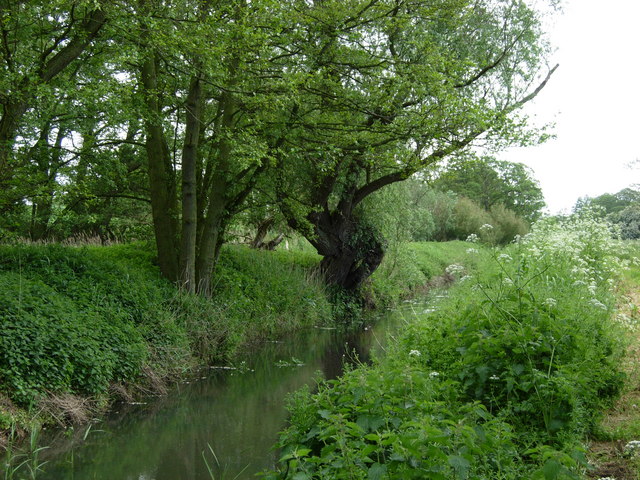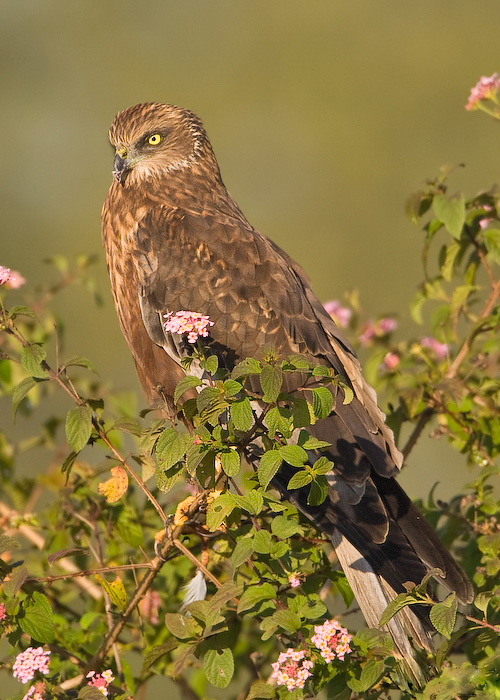|
Minsmere River
Minsmere River is a river in the English county of Suffolk which flows into the North Sea at Minsmere. The river is formed from the River Yox at Yoxford before flowing through Middleton, Eastbridge and Minsmere. It flows to the south of Minsmere RSPB reserve helping to form many of the wetland habitats at the reserve. The river valley was largely drained and used as agricultural land in the past.Coastal levels Suffolk Landscape Character Typology, ''Suffolk County Council''. Retrieved 2012-10-31. The original course of the river, the Minsmere Old River, runs to the north of the Minsmere New Cut, an artificial drainage channel built in 1812. This reaches the sea at Minsmere Sluice, a tidal sluice which discharges water from the channels into the sea. [...More Info...] [...Related Items...] OR: [Wikipedia] [Google] [Baidu] |
England
England is a country that is part of the United Kingdom. It shares land borders with Wales to its west and Scotland to its north. The Irish Sea lies northwest and the Celtic Sea to the southwest. It is separated from continental Europe by the North Sea to the east and the English Channel to the south. The country covers five-eighths of the island of Great Britain, which lies in the North Atlantic, and includes over 100 smaller islands, such as the Isles of Scilly and the Isle of Wight. The area now called England was first inhabited by modern humans during the Upper Paleolithic period, but takes its name from the Angles, a Germanic tribe deriving its name from the Anglia peninsula, who settled during the 5th and 6th centuries. England became a unified state in the 10th century and has had a significant cultural and legal impact on the wider world since the Age of Discovery, which began during the 15th century. The English language, the Anglican Church, and Engli ... [...More Info...] [...Related Items...] OR: [Wikipedia] [Google] [Baidu] |
Marsh Harrier
The marsh harriers are birds of prey of the harrier subfamily. They are medium-sized raptors and the largest and broadest-winged harriers. Most of them are associated with marshland and dense reedbeds. They are found almost worldwide, excluding only the Americas. Until recently two species were generally recognized: the marsh harrier (''Circus aeruginosus'') and the African marsh harrier (''C. ranivorus''). The marsh harrier is now usually split into several species, sometimes as many as six. These are the western marsh harrier (''C. aeruginosus''), eastern marsh harrier (''C. spilonotus''), Papuan harrier (''C. spilonotus spilothorax'' or ''C. spilothorax''), swamp harrier (''C. approximans''), Réunion harrier (''C. maillardi maillardi'' or ''C. maillardi'') and Madagascar marsh harrier (''C. maillardi macrosceles'' or ''C. macrosceles''). At the beginning of the 20th century, the marsh harrier was hunted to extinction in the United Kingdom. After being reintroduced from other ... [...More Info...] [...Related Items...] OR: [Wikipedia] [Google] [Baidu] |
Museum Of East Anglian Life
The Food Museum, formerly the Museum of East Anglian Life, is a museum in Stowmarket, Suffolk, England, which specialises in presenting the agricultural history of East Anglia through a mixture of exhibits and living history demonstrations. History of the Museum The land was originally part of the Home Farm for the Abbot’s Hall estate. The estate dates from medieval times, when it was an outlying manor for St Osyth's Priory in Essex. It passed through numerous owners until it was purchased by the Longe family in 1903. Mechanisation in the 1950s and 1960s meant that England was in danger of losing long-established skills, equipment, and buildings, if something was not done to rescue them. Local farmer Jack Carter, the Suffolk Local History Council, and other individuals worked to collect, preserve and display objects from rural East Anglia. After several years of temporary exhibitions, Vera and Ena Longe placed of farmland, Abbot’s Hall, its gardens, and 18/20 Crowe Stree ... [...More Info...] [...Related Items...] OR: [Wikipedia] [Google] [Baidu] |
Eastbridge Windpump
Eastbridge Windpump is a smock mill at the Museum of East Anglian Life, Stowmarket, Suffolk, England which has been restored to working order. History ''Eastbridge Windpump'' was probably built in the mid nineteenth century by Robert Martin, the Beccles millwright. It originally stood at Minsmere Level, Eastbridge, Leiston (). In the early 1920s, millwright Dan England of Ludham reinforced the mill by bolting the frame from a nearby smock mill (), which had collapsed, over the weatherboarding. It worked by wind until 1940. After the war War is an intense armed conflict between states, governments, societies, or paramilitary groups such as mercenaries, insurgents, and militias. It is generally characterized by extreme violence, destruction, and mortality, using regular o ..., an iron windpump was erected nearby to take over from Eastbridge Windpump. On 19 February 1977, Eastbridge Windpump collapsed. The remains were dismantled by members of Suffolk Mills Group in July ... [...More Info...] [...Related Items...] OR: [Wikipedia] [Google] [Baidu] |
Scheduled Monument
In the United Kingdom, a scheduled monument is a nationally important archaeological site or historic building, given protection against unauthorised change. The various pieces of legislation that legally protect heritage assets from damage and destruction are grouped under the term "designation." The protection provided to scheduled monuments is given under the Ancient Monuments and Archaeological Areas Act 1979, which is a different law from that used for listed buildings (which fall within the town and country planning system). A heritage asset is a part of the historic environment that is valued because of its historic, archaeological, architectural or artistic interest. Only some of these are judged to be important enough to have extra legal protection through designation. There are about 20,000 scheduled monuments in England representing about 37,000 heritage assets. Of the tens of thousands of scheduled monuments in the UK, most are inconspicuous archaeological sites, but ... [...More Info...] [...Related Items...] OR: [Wikipedia] [Google] [Baidu] |
Leiston
Leiston ( ) is an English town in the East Suffolk non-metropolitan district of Suffolk, near Saxmundham and Aldeburgh, about from the North Sea coast, north-east of Ipswich and north-east of London. The town had a population of 5,508 at the 2011 Census. History The 14th-century remains of Leiston Abbey lie north-west of the town.Leiston Abbey English Heritage. Retrieved 30 March 2011. Leiston thrived in the late 19th and early 20th centuries as a manufacturing town, dominated by , owners of Leiston Works, which boasted the world's first flow assembly line, for the manufacture of |
Premonstratensian
The Order of Canons Regular of Prémontré (), also known as the Premonstratensians, the Norbertines and, in Britain and Ireland, as the White Canons (from the colour of their habit), is a religious order of canons regular of the Catholic Church founded in Prémontré near Laon in 1120 by Norbert of Xanten, who later became Archbishop of Magdeburg. Premonstratensians are designated by ''OPraem'' (''Ordo Praemonstratensis'') following their name. Norbert was a friend of Bernard of Clairvaux and was largely influenced by the Cistercian ideals as to both the manner of life and the government of his order. As the Premonstratensians are not monks but canons regular, their work often involves preaching and the exercising of pastoral ministry; they frequently serve in parishes close to their abbeys or priories. History The order was founded in 1120. Saint Norbert had made various efforts to introduce a strict form of canonical life in various communities of canons in Germany; in 1120 ... [...More Info...] [...Related Items...] OR: [Wikipedia] [Google] [Baidu] |
Leiston Abbey
Leiston Abbey outside the town of Leiston, Suffolk, England, was a religious house of Canons Regular following the Premonstratensian rule (White canons), dedicated to Mary, mother of Jesus, St Mary. Founded in c. 1183 by Ranulf de Glanville (c. 1112-1190), Justiciar#England, Chief Justiciar to King Henry II of England, Henry II (1180-1189), it was originally built on a marshland isle near the sea, and was called "St Mary de Insula". Around 1363 the abbey suffered so much from flooding that a new site was chosen and it was rebuilt further inland for its patron, Robert de Ufford, 1st Earl of Suffolk (1298-1369). However, there was a great fire in c. 1379 and further rebuilding was necessary. The house was Dissolution of the Monasteries, suppressed in 1537. A Cartulary or monastic register survives. The Abbey's annual Scroll#Rolls, rolls of their court of wreck from 1378 to 1481 are a most important historical resource. A series of late visitations, and a list of abbots, are in Premon ... [...More Info...] [...Related Items...] OR: [Wikipedia] [Google] [Baidu] |
The Ruined Chapel - Geograph
''The'' () is a grammatical article in English, denoting persons or things that are already or about to be mentioned, under discussion, implied or otherwise presumed familiar to listeners, readers, or speakers. It is the definite article in English. ''The'' is the most frequently used word in the English language; studies and analyses of texts have found it to account for seven percent of all printed English-language words. It is derived from gendered articles in Old English which combined in Middle English and now has a single form used with nouns of any gender. The word can be used with both singular and plural nouns, and with a noun that starts with any letter. This is different from many other languages, which have different forms of the definite article for different genders or numbers. Pronunciation In most dialects, "the" is pronounced as (with the voiced dental fricative followed by a schwa) when followed by a consonant sound, and as (homophone of the archaic pron ... [...More Info...] [...Related Items...] OR: [Wikipedia] [Google] [Baidu] |
Ramsar Site
A Ramsar site is a wetland site designated to be of international importance under the Ramsar Convention,8 ha (O) *** Permanent 8 ha (P) *** Seasonal Intermittent < 8 ha(Ts) ** es on inorganic soils: *** Permanent (herb dominated) (Tp) *** Permanent / Seasonal / Intermittent (shrub dominated)(W) *** Permanent / Seasonal / Intermittent (tree dominated) (Xf) *** Seasonal/intermittent (herb dominated) (Ts) ** Marshes on soils: *** Permanent (non-forested)(U) *** Permanent (forested)(Xp) ** Marshes on inorganic or peat soils: *** Marshes on inorganic or peat soils / High altitude (alpine) (Va) *** Marshes on inorganic or peat soils / Tundra (Vt) * Saline, |
Dartford Warbler
The Dartford warbler (''Curruca undata'') is a typical warbler from the warmer parts of western Europe and northwestern Africa. It is a small warbler with a long thin tail and a thin pointed bill. The adult male has grey-brown upperparts and is dull reddish-brown below except for the centre of the belly which has a dirty white patch. It has light speckles on the throat and a red eye-ring. The sexes are similar but the adult female is usually less grey above and paler below. Its breeding range lies west of a line from southern England to the heel of Italy (southern Apulia). The Dartford warbler is usually resident all year in its breeding range, but there is some limited migration. Taxonomy and systematics The Dartford warbler was first described in 1776 by the Welsh naturalist, Thomas Pennant. He introduced the English name and based his description on two specimens that had been obtained by the ornithologist John Latham from Bexley Heath, near Dartford in Kent. In 1783 Latham i ... [...More Info...] [...Related Items...] OR: [Wikipedia] [Google] [Baidu] |







.png)

